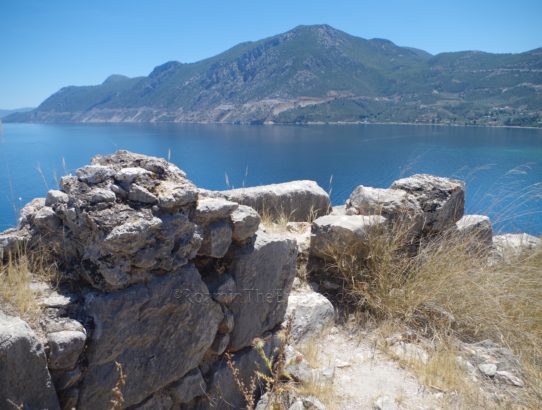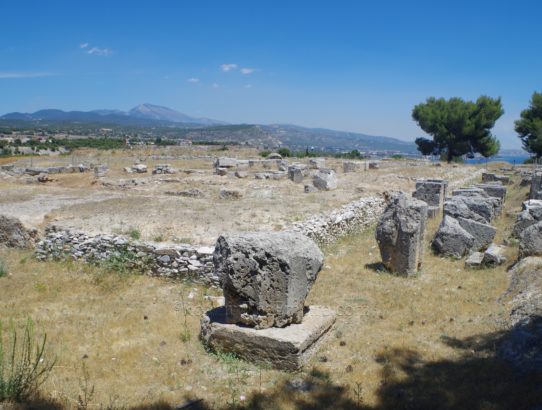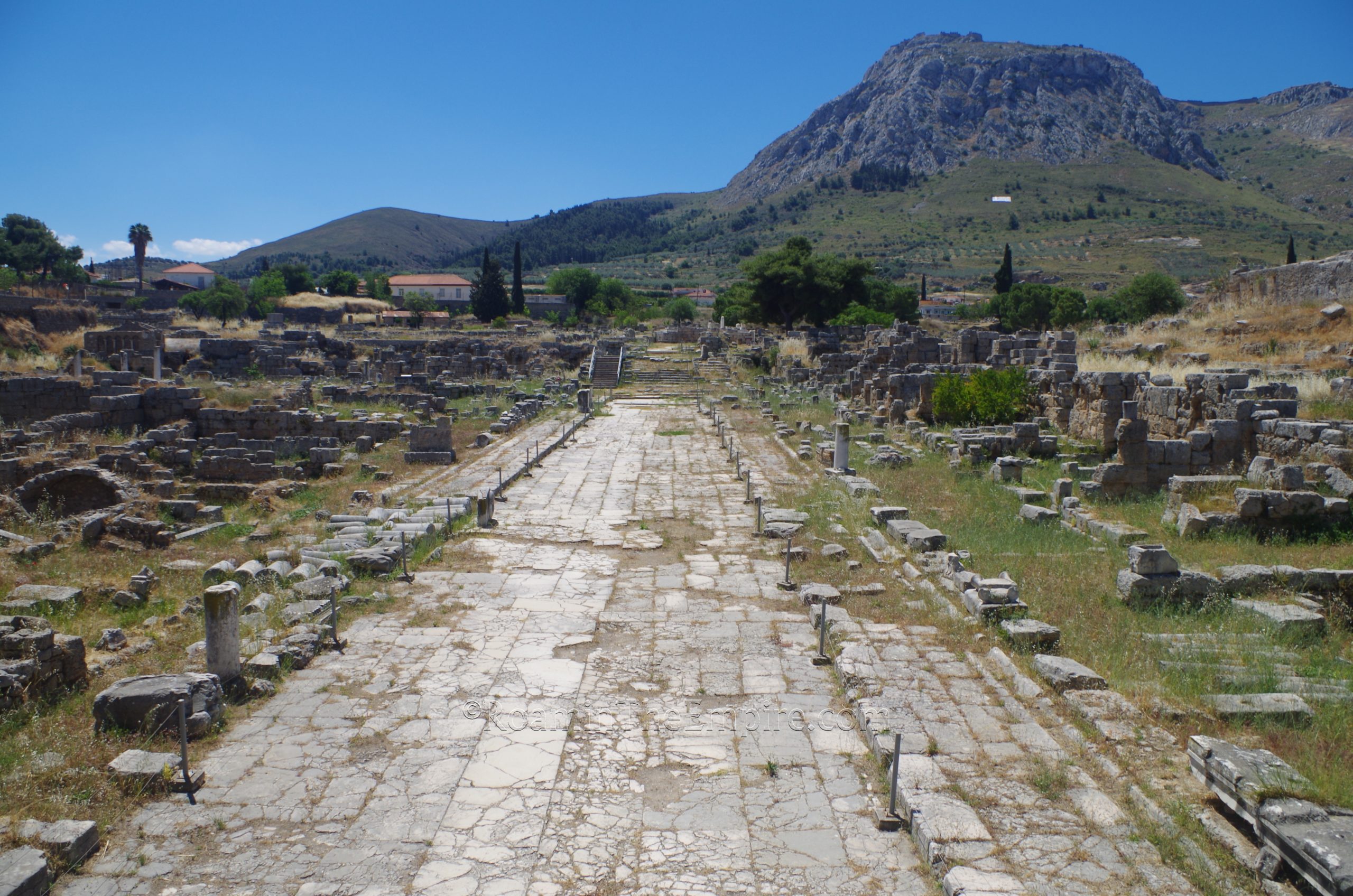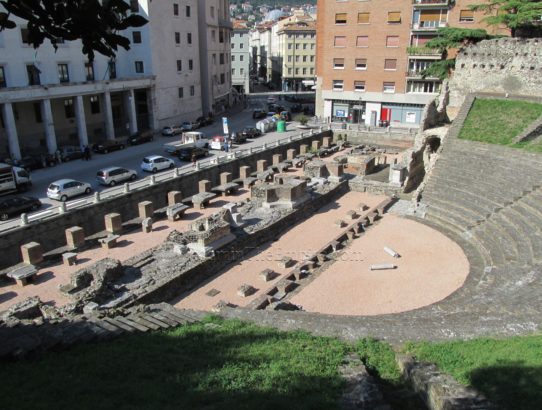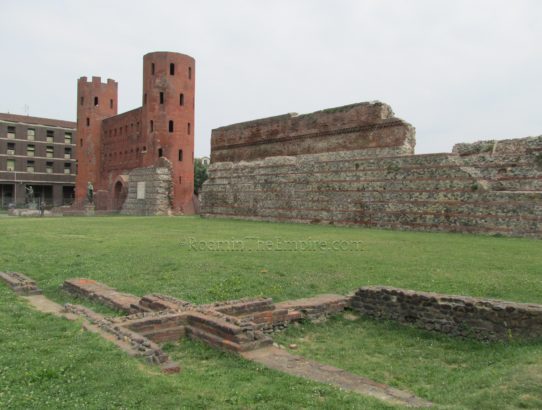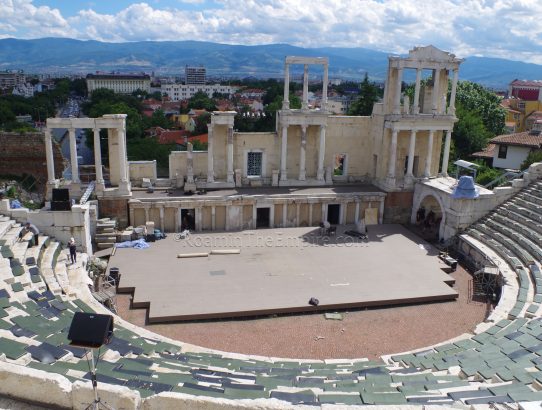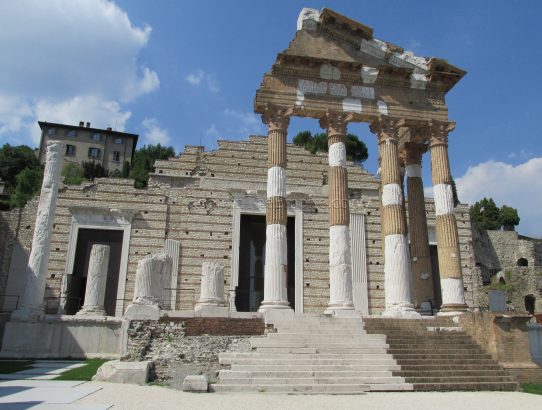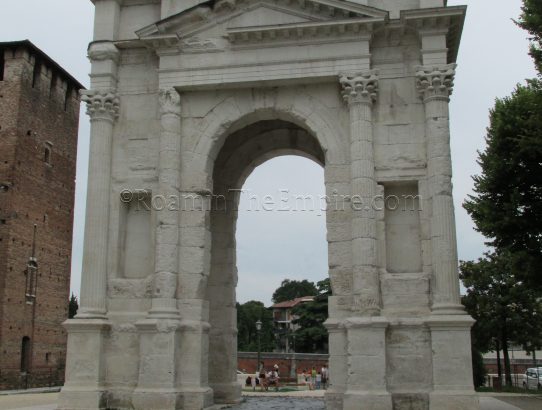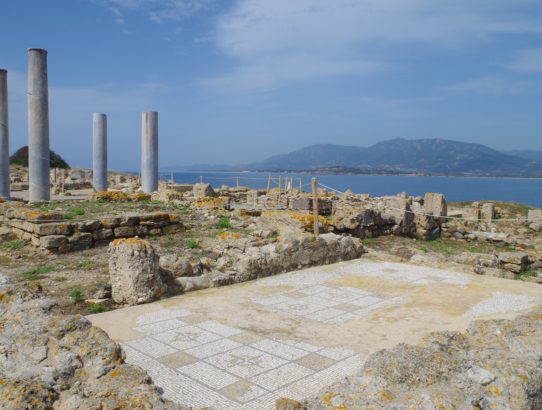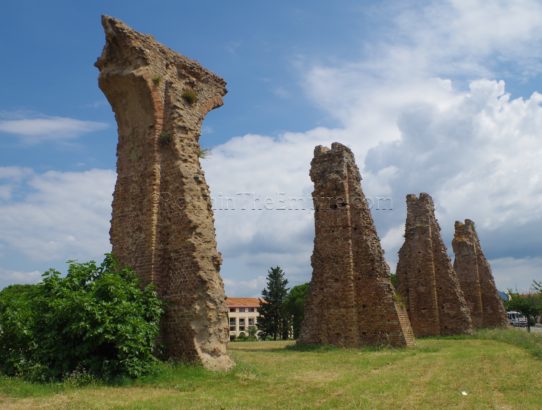Epidaurus, Achaea
Most Recent Visit: May 2021 Not to be confused with the Sanctuary of Asclepius, which today is the site that many think of as Epidaurus (or Epidauros), the city of Epidaurus was located about 8 kilometers to the northeast of the sanctuary, on the coast of the Saronic Gulf. Today, the archaeological remains are within…
Read More


